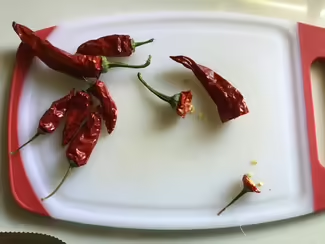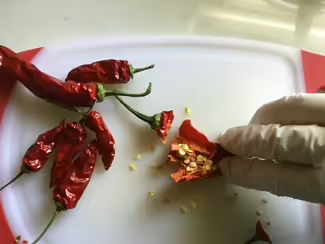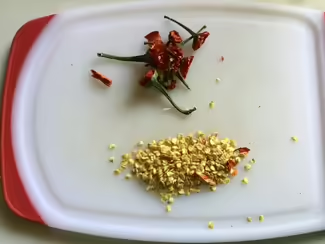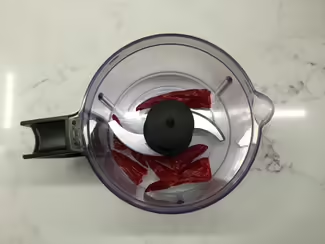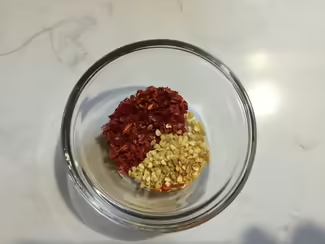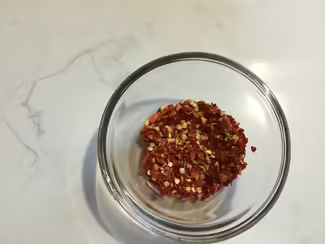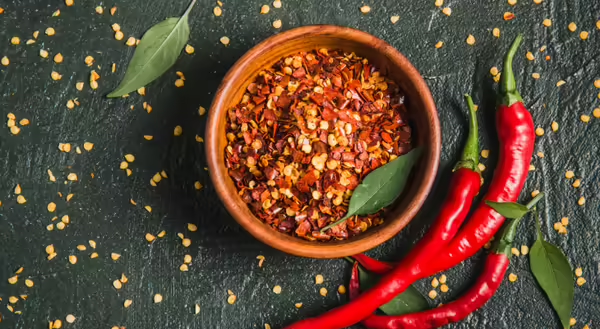
Although National Pepper Month is celebrated in November, sweet and hot peppers are coming out of gardens and farmers markets in mid- and late-summer here in Illinois. While the peppers are peak quality, I'll enjoy them fresh as a crunch snack with dip or use in cooked recipes. I'll also make plans to preserve peppers, so then I can use them in the winter months to remind me of summer.
Preserve at Home
Canning
Roasted sweet red peppers in jars are tasty made into pasta sauce, and canned or tinned jalapeños add a spicy kick on top of breakfast nachos. Preserve sweet and hot peppers at home through canning with these instructions from the National Center for Home Food Preservation.
Pickling
Have you tried pickled peppers on pizza or spooned pepper relish over hotdogs or brats? Preserve peppers at home with tested recipes like Sweet Pepper Relish, Pickled Yellow Pepper Rings, and Pickled Jalapeño Rings.
Freezing
Just like buying frozen sweet peppers in a stir-fry mix, freeze bell peppers to create your own mix for future recipes. Freezing peppers is a quick way to preserve them without much equipment.
Drying
Dry sweet peppers to add into a dried soup mix for camping or blend dried peppers in a spice grinder to make sweet paprika. For hot peppers, I like making ristras or bundles of peppers strung together that air dry. Blend dried chilis in spicy powders like cayenne powder, pulse into small pieces or flakes to sprinkle on pizza, or blend into sauces that are the base for enchiladas or chili.
Red Pepper Flakes
The original blog post from more than 5 years ago was inspired from a lot of small red chilis I was gifted. Using dehydration, I created a ristra and air-dried the peppers indoors for about a month. (For faster drying, use an electric dehydrator.) Once the peppers were dried, I used a food processor to chop the chilis into small pieces. Wow, those red pepper flakes were HOT and SPICY! And delicious! To make your own red pepper flakes, follow the step-by-step instructions.
Make Red Pepper Flakes
- Choose fresh peppers and chilis that are free from mold or other damage. Rinse under cool water and pat dry with a clean towel.
- Dry according to tested methods, such as Drying Fruits and Vegetables (National Center for Home Food Preservation) or Drying Peppers (Colorado State University Extension).
- Once dried, cut off stems and discard. Shake seeds out or cut the peppers in half to remove seeds. Set the seeds aside for later. (Wear gloves to avoid compounds in hot peppers that can irritate the skin. If handling hot peppers without gloves, avoid touching your eyes.)
- Add the emptied peppers (without seeds) to a blender or food processor. Pulse the peppers into small pieces.
- Add pepper pieces and seeds to a jar. Shake to combine. Cover, label with name and date, and store at room temperature. Use within 6 months for best flavor.
Learn to grow sweet and hot peppers in your garden.
Get ready for next season, discover new varieties, or learn where to start growing peppers from the Home Vegetable Gardening series. For easy listening, enjoy the Good Growing podcast from episodes on growing peppers, managing pests, and creating and managing a small or large garden.
Post originally published in 2019; content updated in 2025.
About the Author: Caitlin Mellendorf is an Illinois Extension Nutrition and Wellness Educator serving DeWitt, Macon and Piatt Counties in Central Illinois. She is a Registered Dietitian and her work focuses on helping community members gain the knowledge, skills and tools to live healthier, more nutritious lifestyles. This includes providing programs and answering questions about heart health, diabetes, food safety, food preservation, grocery shopping and cooking. You can reach Caitlin by email at chuth2@illinois.edu or call 217.877.6042.
